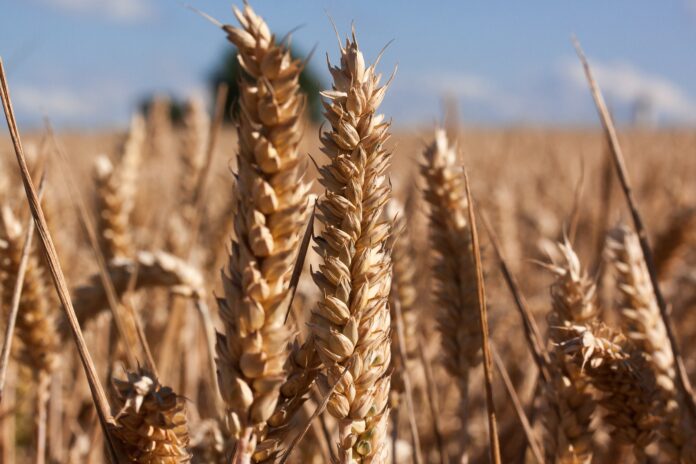People have become more concerned about eating wheat in the last few years. It has been linked to wheat allergies, celiac disease, and more. But you may also have heard that wheat contains a lot of nutrients. So is cereal good for you?
What is wheat?
There are two main types of wheat in health food. The most common type of bread or wheat is common, also known as triticum aestivumvulgare. Durum wheat, or triticum turgidum durum, is another variety. Wheat flour is an essential ingredient in many foods. These include pasta, noodles, bread, couscous, and baked goods such as cakes and biscuits.
If wheat is a problem
Wheat can be a problem because of the gluten in it. But most people can eat gluten without issue.
Other wheat-related conditions include:
Celiac disease. It is an autoimmune phenomenon. If you have celiac disease, your body initiates an immune response in your stomach when you eat gluten. This process eventually damages the cord of your small intestine, causing it to absorb less food. ,
Disadvantages of wheat. This incompatibility has the function for wheat and barley products.
Non-celiac gluten sensitivity. Recently, many people have reported symptoms after eating wheat. These symptoms, such as headaches, fatigue, and muscle aches, are not allergy- or autoimmune-related.
Wheat and nutrition
A 3.5-ounce service of whole wheat flour contains:
- 15 grams of protein
- 6 grams of dietary fiber
- 2 grams of carbohydrates
- 38 milligrams of calcium
- 136 milligrams and magnesium
- 352 milligrams of phosphorus
- 376 milligrams of potassium
- 39 micrograms of folate
- 5 milligrams of niacin
- 5 milligrams of thiamin
Why are all cereals better?
Have you ever felt that wheat in health food are better for you? But what is grain?
Wheat seeds have three components:
- Bran: the outer part
- Germ: kernel core
- Endosperm: the starchy of the middle layer
For making white flour, wheat germ is removed from the bran, and the embryo is left with only the endosperm. The extracts are rich in fiber, b vitamins, antioxidants, phytochemicals, and minerals such as iron, copper, zinc, and magnesium. ,
The 2015 to 2020 american dietary guidelines recommend eating six ounces of cereal in two thousand calories daily. About half of that should be from 100% whole grain.
Wheat benefits
The wheat in health food provides carbohydrates and other vitamins and minerals. It is high in carbohydrates. Carbohydrates are essential to your health. Your body needs carbs to function correctly. The American dietary guidelines state that 45% to 65% of your daily calories should be carbohydrates.
Carbs have several functions in your dietIvo:
Energy: your body breaks down starch and sugar into glucose (blood sugar). It uses this glucose to make energy.
Help control your weight: fiber found in many carbohydrates helps you to feel complete.
Protect yourself from other diseases: all seeds can help reduce your risk of heart disease. You also need to digest fiber.
It contains protein. Every cell in your body is packed with protein. Protein is made up of amino acids. Your body produces most of the amino acids you need, but nine of these must be derived from the food you eat.
Experts recommend that protein make up 10 to 35 percent of your calories. It would help if you tried to get your protein from vegetables, such as lemons, peanuts, seeds, and grains. ,
Internal protein varies between wheat varieties. Wheat is as hard as durum, which is used in pasta and is high in protein. Protein can make up 8.5% to 15% of the solid wheat weight.
An essential source of minerals. Wheat contains many minerals. The amount of minerals in grain is determined by the type, soil, climate, and agricultural practices, such as organic farming. Wheat flour is richer in minerals and vitamins than white flour.
Your body needs minerals for:
- Controlling enzyme systems
- Build bones and teeth
- Helping with muscle pain
- Discharge of energy from food
- Maintaining the ph of your body
Researchers say that eating whole grains can provide you with more than 70 percent of your recommended daily intake of the following minerals:
- Selenium
- Iron
- Magnesium
- Manganese
- Zinc
- Copper
- Phosphorus
Antioxidants. All grains contain antioxidants. These substances can delay or prevent certain types of cell damage. The best way to get antioxidants is to eat foods rich in them. Researchers say that antioxidant supplements have not been very effective in preventing infection.

